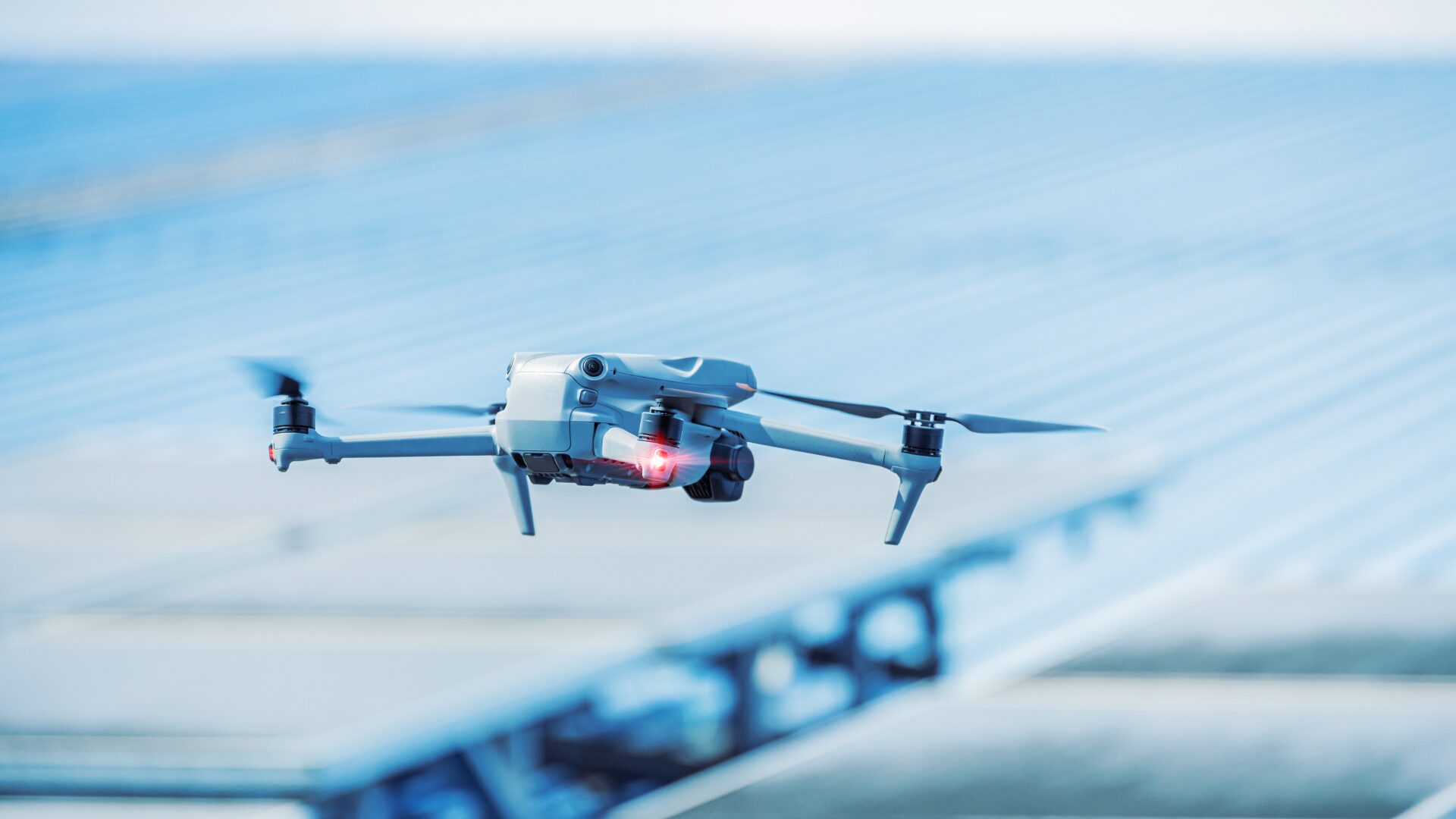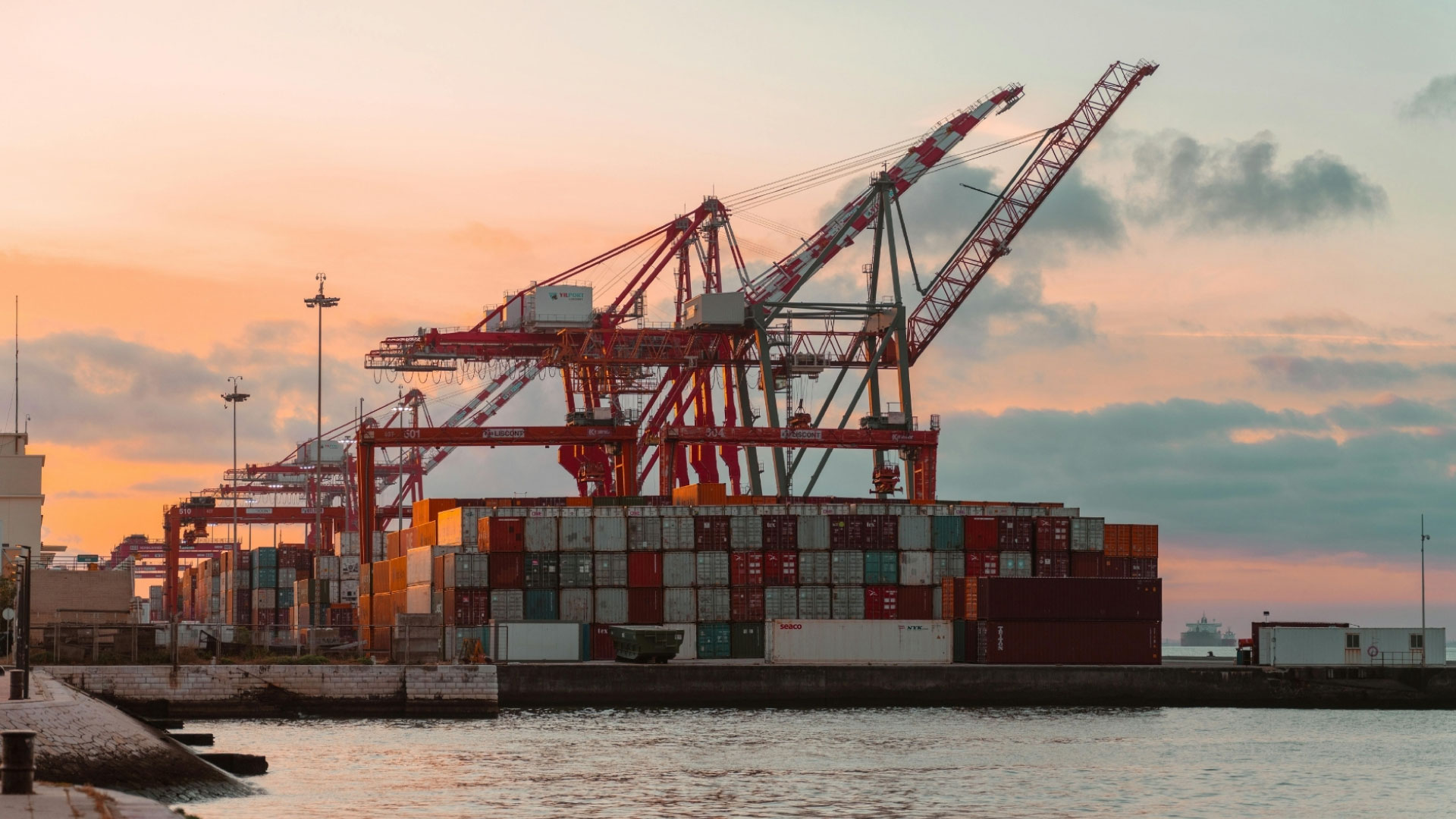Security and Sustainability: How Companies Integrate Technology to Protect People and the Planet Corporate security is no longer just about protecting people and assets; increasingly, companies are looking for solutions that also care for the environment. Integrating security technology with sustainable practices has become a key factor in creating facilities that are safe, efficient, and […]











